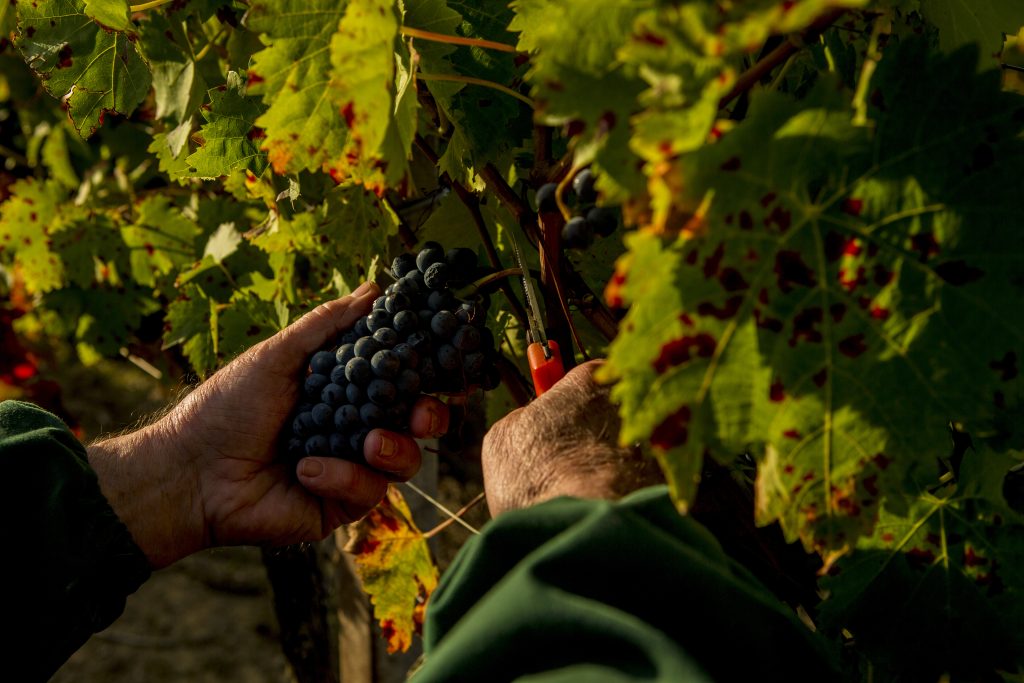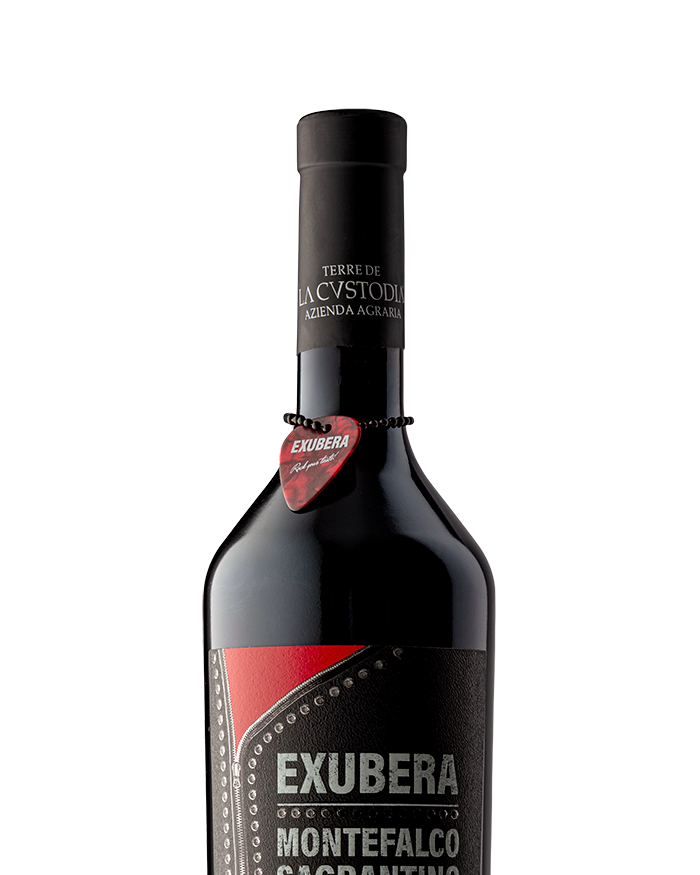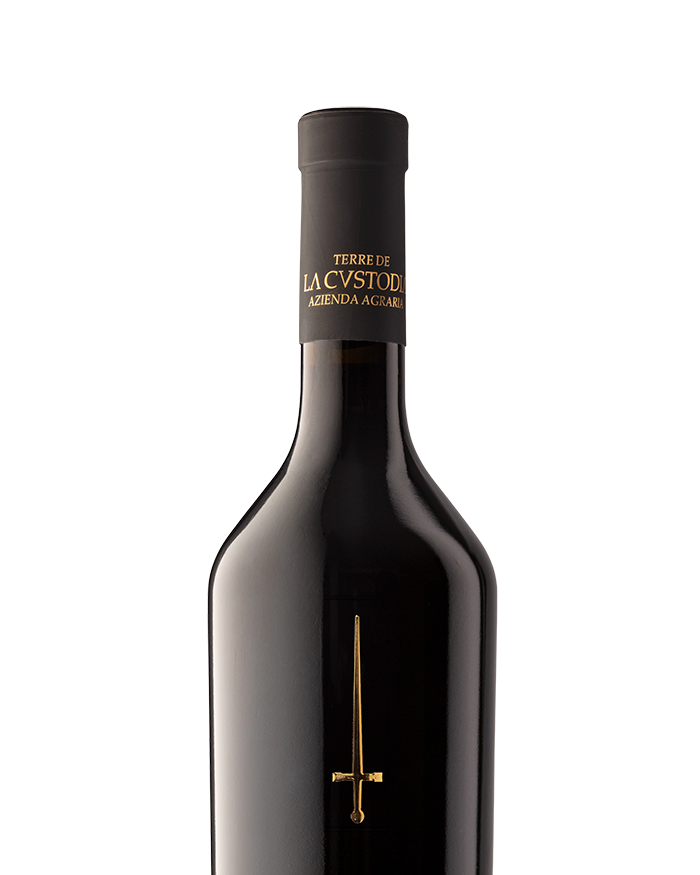

Sagrantino
The autochthonous grape of Umbria from the precious black berry, the King here in Montefalco, whose origins are shrouded in mystery

Soul and symbol of Montefalco
The history of Sagrantino
Montefalco Sagrantino embodies the essence of terroir like few other wines. This fine wine is bound to the Denomination of Controlled and Guaranteed Origin (DOCG), a seal of quality that guarantees exclusive production in the hills of Montefalco and partially in the neighboring municipalities of Bevagna, Castel Ritaldi, Giano dell'Umbria and Gualdo Cattaneo.
Sagrantino has its roots in this land for centuries, with a history, although still shrouded in mystery, that is intertwined with that of the Franciscan Friars, who cultivated it for sacred rites.
A document of 1549 represents a milestone in the history of Sagrantino, as it explicitly mentions an order of must of Sagrantino by a Jewish merchant of Trevi.
In 1915, Franzi linked Sagrantino to its most ancient origins, confirming its cultivation first in the gardens of the Franciscan convents, followed by its diffusion also in all the surrounding territories.
The history of Sagrantino is initially linked to the production of sweet wines, but it is the dry version, more modern, to consecrate it among the great Italian reds and make it recognizable all over the world.
With the obtaining of the DOC in 1979 and the DOCG in 1992, Sagrantino has taken a path of affirmation, outlining a story in continuous evolution, but increasingly defined and conscious, which expresses different nuances within a Mediterranean character.
Sagrantino has its roots in this land for centuries, with a history, although still shrouded in mystery, that is intertwined with that of the Franciscan Friars, who cultivated it for sacred rites.
A document of 1549 represents a milestone in the history of Sagrantino, as it explicitly mentions an order of must of Sagrantino by a Jewish merchant of Trevi.
In 1915, Franzi linked Sagrantino to its most ancient origins, confirming its cultivation first in the gardens of the Franciscan convents, followed by its diffusion also in all the surrounding territories.
The history of Sagrantino is initially linked to the production of sweet wines, but it is the dry version, more modern, to consecrate it among the great Italian reds and make it recognizable all over the world.
With the obtaining of the DOC in 1979 and the DOCG in 1992, Sagrantino has taken a path of affirmation, outlining a story in continuous evolution, but increasingly defined and conscious, which expresses different nuances within a Mediterranean character.




